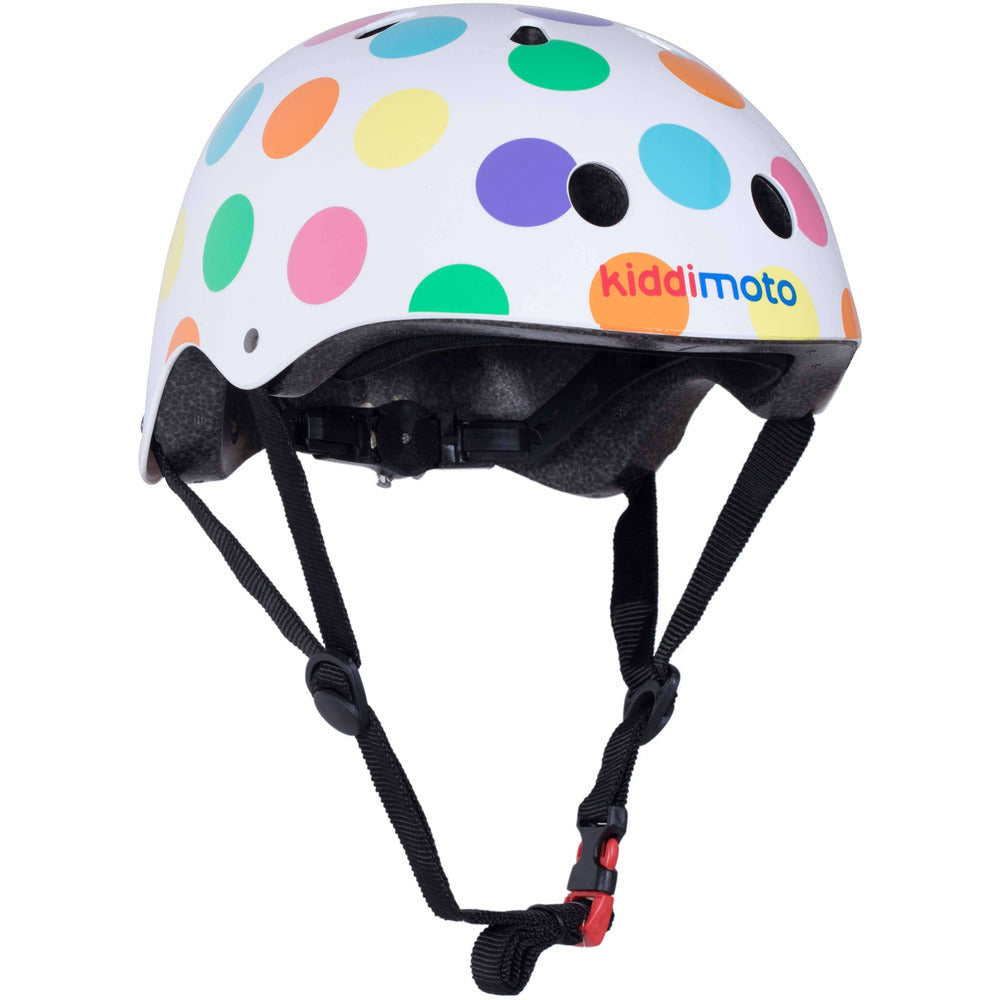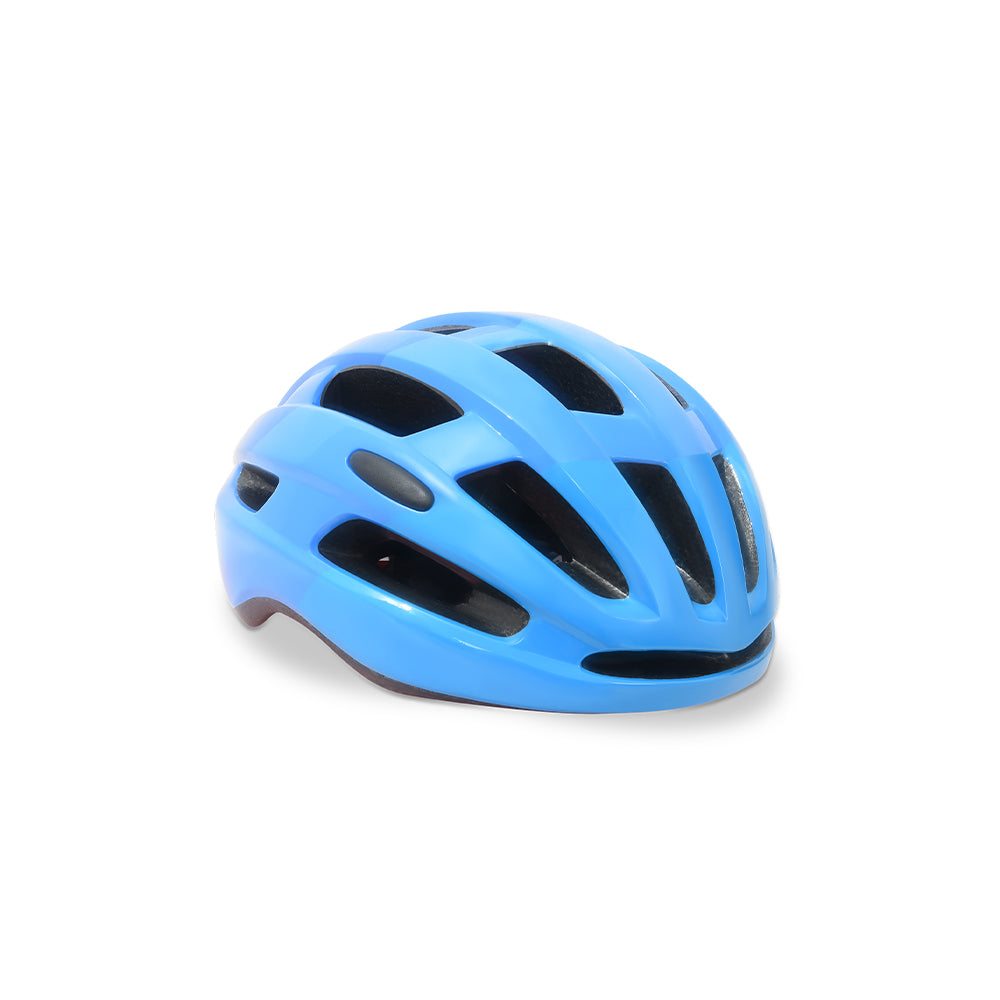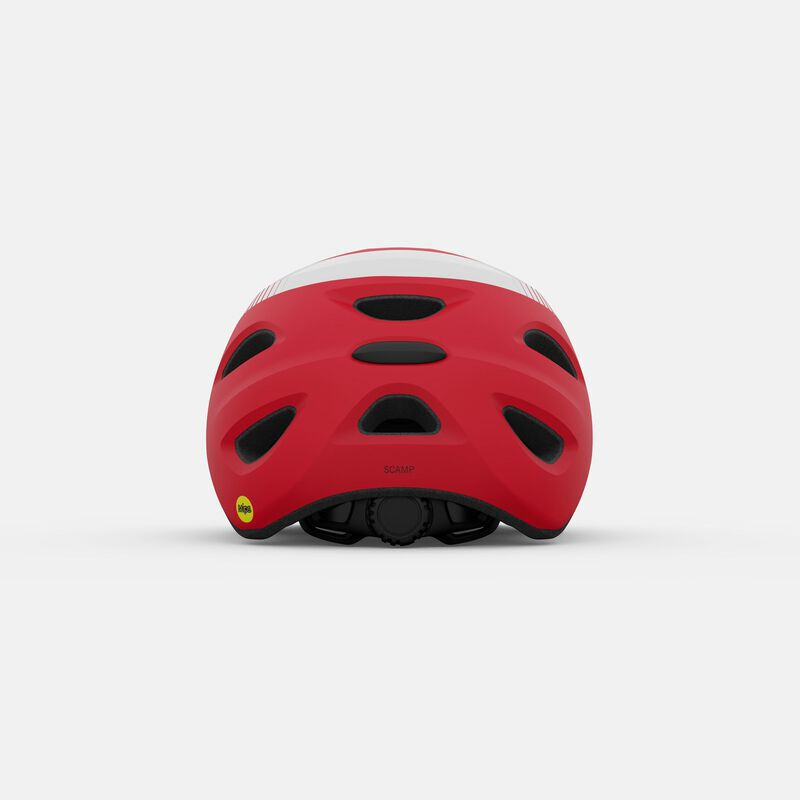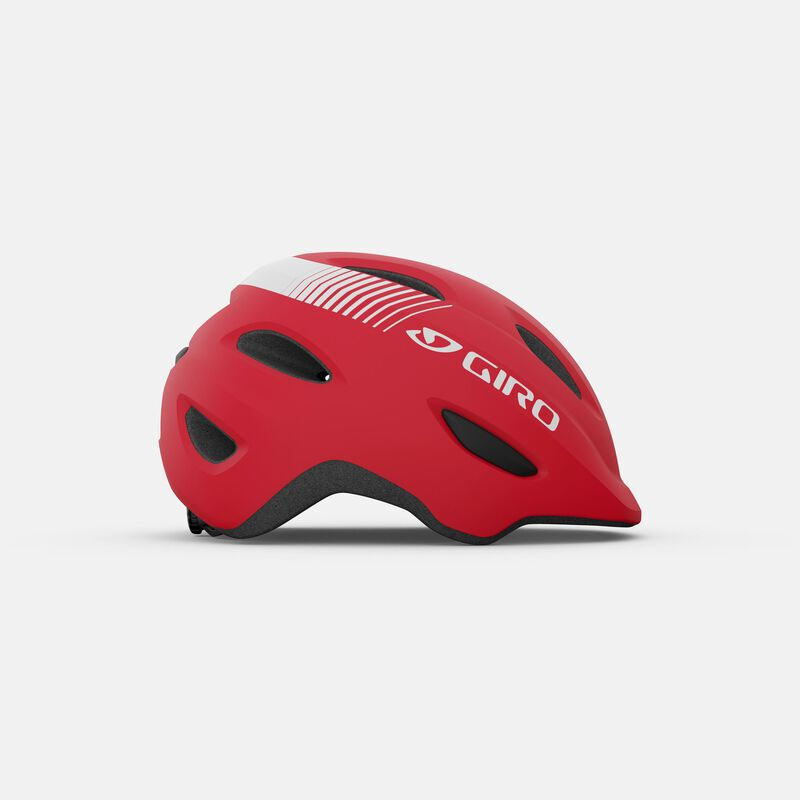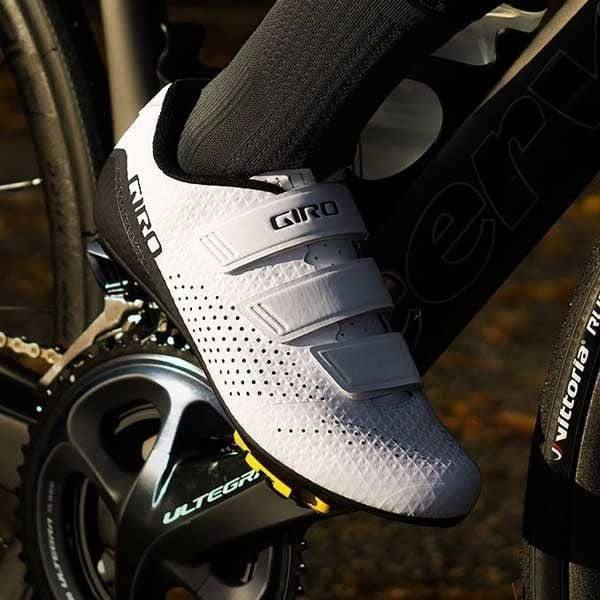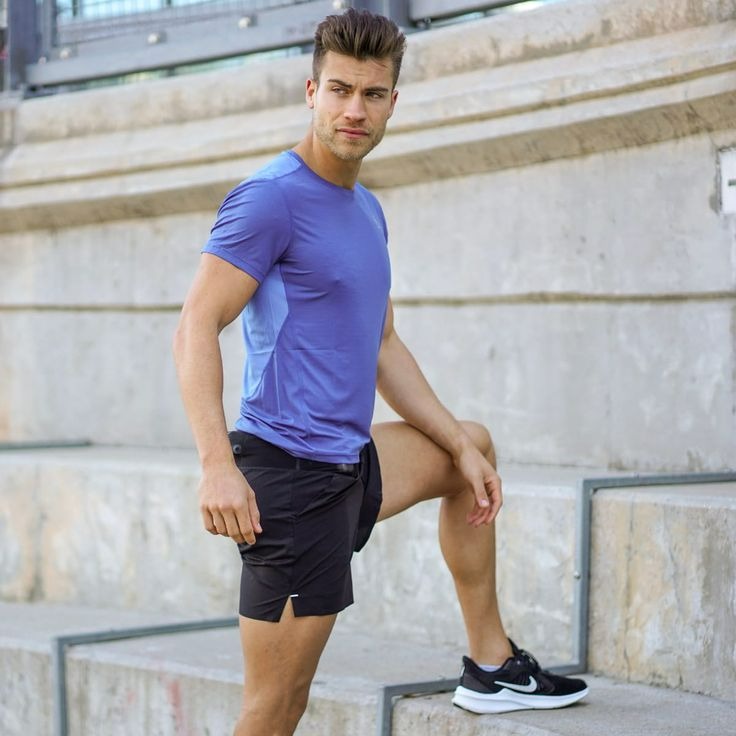Introduction to Kids’ Bike Helmets
Riding a bike is an exciting activity for kids, but safety should always come first. A kids’ bike helmet is an essential piece of safety gear that protects young riders during their biking adventures. This comprehensive guide explores the importance, features, and types of kids’ bike helmets, ensuring that parents can make informed decisions.
Why Kids Need Bike Helmets
Bike riding can be risky. Children are often more prone to accidents because they are still developing their motor skills and judgment. A bike helmet plays a crucial role in protecting a child’s head and reducing the risk of serious injuries. Without a helmet, a fall or collision can be disastrous, resulting in head injuries or even long-term trauma. Helmets absorb impact, reducing the force that reaches the head.
The Importance of Proper Fit
A well-fitted helmet is the cornerstone of bike safety. If a helmet is too loose or too tight, it cannot provide optimal protection. A helmet should sit level on the child’s head, covering the forehead without obstructing vision. Straps should be snug but comfortable, forming a V shape around the ears. Parents should ensure the helmet is adjusted correctly before every ride. This vigilance can make a significant difference in preventing injuries.
Features of High-Quality Kids’ Bike Helmets
Material and Construction
The materials used in the construction of kids’ bike helmets are critical for their effectiveness. High-quality helmets are typically made from expanded polystyrene (EPS) foam, which is designed to absorb impact energy. The outer shell is usually made of polycarbonate, which adds durability and resistance to punctures. Additionally, some helmets incorporate advanced materials, such as carbon fiber or Kevlar, for enhanced protection.
Ventilation and Comfort
Comfort is key for children to consistently wear their helmets. Proper ventilation is essential to keep the child’s head cool during rides. Good helmets have multiple vents that allow air to circulate, preventing overheating and discomfort. Additionally, helmets should have padding inside, which contributes to both comfort and fit. Removable and washable padding is a bonus, ensuring the helmet stays fresh and hygienic.
Visibility and Style
Children are more likely to wear helmets that they find appealing. Helmets come in various colors, designs, and themes that can make wearing a helmet fun. Bright colors and reflective elements also enhance visibility, making it easier for drivers and other riders to see the child. Some helmets even feature integrated lights, providing an additional layer of safety, especially in low-light conditions.
Types of Kids’ Bike Helmets
Toddler Helmets
Toddler helmets are designed for the youngest bike riders, typically ages one to three. These helmets are smaller and lighter, ensuring that they do not strain a young child’s neck. They provide adequate coverage for the back of the head, protecting against backward falls, which are common for toddlers. Many toddler helmets also feature playful designs, encouraging young children to keep them on.
Youth Helmets
Youth helmets cater to older children, generally between the ages of four and ten. These helmets are larger than toddler models but still focus on a snug fit. They come in various styles, including traditional bike helmets, full-face helmets for more adventurous activities, and multi-sport helmets that can be used for biking, skateboarding, and rollerblading. Youth helmets often have more advanced features, such as adjustable sizing systems and more extensive ventilation.
Specialized Helmets
Some children engage in specific biking activities that require specialized helmets. For instance, mountain biking or BMX riding demands helmets with additional features, like full-face protection or reinforced shells. These helmets offer superior coverage and durability, catering to the demands of these sports. Parents should choose helmets that match the activities their child participates in, ensuring the highest level of protection.
How to Choose the Right Kids’ Bike Helmets for Your Child
Measure Your Child’s Head
Before purchasing a helmet, it is essential to measure your child’s head accurately. Use a soft measuring tape to measure the circumference about an inch above their eyebrows. This measurement helps in selecting the correct helmet size. Most helmets come with size charts that match head circumference to helmet size, making it easier for parents to find the perfect fit.
Look for Certification
Safety certification is a critical factor in choosing a helmet. Helmets should meet established safety standards, such as those set by the Consumer Product Safety Commission (CPSC) in the United States. Certification ensures that the helmet has undergone rigorous testing and meets the criteria for impact resistance and overall safety. Parents should always check for certification labels when selecting a helmet.
Adjustable Features
Children grow quickly, and their helmets need to adapt to changing head sizes. Helmets with adjustable features, such as dial-fit systems, allow for fine-tuning the fit as the child grows. Adjustable straps and padding systems also contribute to a better fit and longer usability. Investing in an adjustable helmet ensures that the child remains protected over a more extended period, making it a cost-effective choice.
Involve Your Child in the Decision
Engaging your child in selecting their helmet can lead to a better acceptance and consistent use. Allow them to choose colors and designs that they like. When children have a say in their gear, they are more likely to wear it willingly. Parents can present various options within the safety-certified categories, ensuring that the choices kids make are both safe and fun.
Maintenance and Replacement on Kids’ Bike Helmets
Regular Inspections
Helmets need regular inspections to ensure they remain in good condition. Parents should check for any signs of damage, such as cracks, dents, or frayed straps. If a helmet has been involved in an accident, it should be replaced immediately, even if there are no visible signs of damage. The integrity of the helmet could be compromised, reducing its effectiveness in future incidents.
Cleaning and Care
Keeping the helmet clean is important for hygiene and durability. Removable pads can be washed periodically, and the helmet’s surface can be wiped with a mild soap solution. Avoid using harsh chemicals that can degrade the material. Proper storage is also crucial; helmets should be stored in a cool, dry place, away from direct sunlight, which can weaken the materials over time.
Recognizing When to Replace
Even without visible damage, helmets should be replaced approximately every five years. Materials can degrade over time, and newer helmets may offer improved safety features. Parents should stay informed about the latest safety standards and updates in helmet technology, ensuring that their child benefits from the best protection available.
Conclusion: Prioritizing Safety and Enjoyment on Kids’ Bike Helmets
In conclusion, when selecting bike helmets for children, it’s paramount to prioritize both safety and enjoyment to ensure a positive and protective cycling experience. Safety remains the foremost concern, necessitating helmets that meet or exceed safety standards, offer proper fit, and provide robust head protection. Certifications from recognized organizations such as the Consumer Product Safety Commission (CPSC) or Snell should be non-negotiable criteria.
Equally important is the aspect of enjoyment. Helmets that are visually appealing, comfortable, and designed with kids’ preferences in mind can encourage consistent use. Features such as vibrant colors, popular character designs, and user-friendly mechanisms can greatly enhance a child’s willingness to wear the helmet regularly.
By carefully balancing these elements, parents and guardians can foster a culture of safety and enthusiasm for cycling, instilling lifelong habits of protection and active living. Ultimately, the goal is to equip children with helmets that not only safeguard their well-being but also contribute to a joyous and carefree riding experience.
